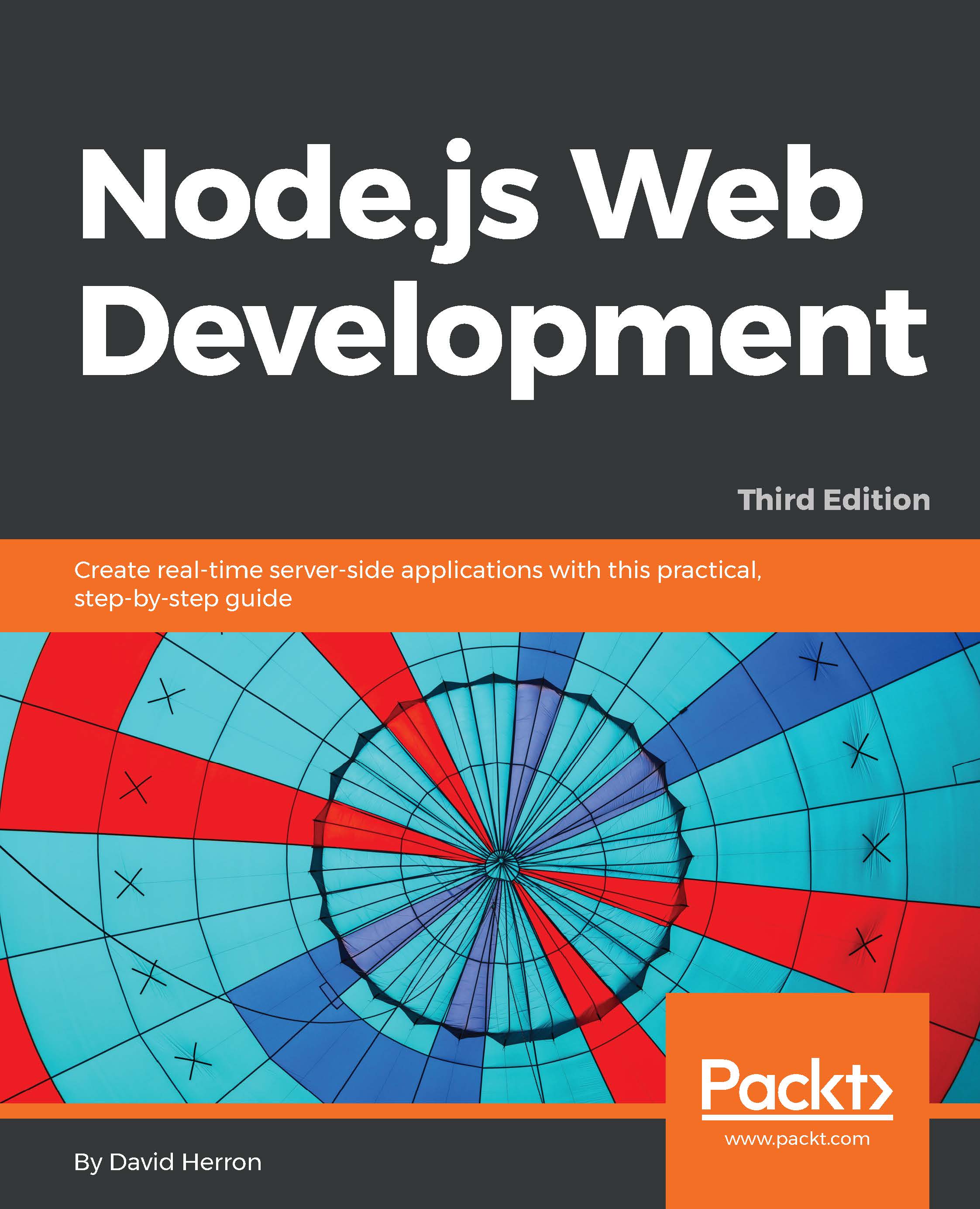Node.js is an exciting new platform for developing web applications, application servers, any sort of network server or client, and general purpose programming. It is designed for extreme scalability in networked applications through an ingenious combination of server-side JavaScript, asynchronous I/O, asynchronous programming, built around JavaScript anonymous functions, and a single execution thread event-driven architecture.
While only a few years old, Node.js has quickly grown in prominence to where it's playing a significant role. Companies, small and large, are using it for large-scale and small-scale projects. PayPal, for example, has converted many services from Java to Node.js.
The Node.js model is very different from common application server platforms using threads. The claim is that with the single-thread event-driven architecture, memory footprint is low, throughput is high, the latency profile under load is better, and the programming model is simpler. The Node.js platform is in a phase of rapid growth, and many are seeing it as a compelling alternative to the traditional Java, PHP, Python, Ruby on Rails, and so on, approach to building web applications.
At its heart, it is a standalone JavaScript engine with extensions making it suitable for general purpose programming and with a clear focus on application server development. Even though we're comparing Node.js to application server platforms, it is not an application server. Instead, Node.js is a programming runtime akin to Python, Go, or Java SE. There are web application frameworks and application servers written in Node.js, however. In the few years that Node.js has been available, it's quickly gained a significant role, fulfilling the prediction that it could potentially supplant other web application stacks.
It is implemented around a non-blocking I/O event loop and a layer of file and network I/O libraries, all built on top of the V8 JavaScript engine (from the Chrome web browser). At the time of writing this, Microsoft had just proposed a patch to allow Node.js to utilize the ChakraCore JavaScript engine (from the Edge web browser). The theoretical possibility of hosting the Node.js API on top of a different JavaScript engine may come true, in the due course of time. Visit https://github.com/nodejs/node-chakracore to take a look at the project.
The I/O library is general enough to implement any sort of server implementing any TCP or UDP protocol, whether it's DNS, HTTP, IRC, or FTP. While it supports developing servers or clients for any network protocol, its biggest use case is in regular websites in place of technology such as an Apache/PHP or Rails stack or to complement existing websites. For example, adding real-time chat or monitoring existing websites can be easily done with the Socket.IO library for Node.js.
A particularly intriguing combination is deploying small services using Docker into cloud hosting infrastructure. A large application can be divided into what's now called microservices and easily deployed at scale using Docker. The result fits agile project management methods since each microservice can be easily managed by a small team which collaborates at the boundary of their individual API.
This book will give you an introduction to Node.js. We presume the following:
- You already know how to write software
- You are familiar with JavaScript
- You know something about developing web applications in other languages
We will cover the following topics in this chapter:
- An introduction to Node.js
- Why you should use Node.js
- The architecture of Node.js
- Performance, utilization, and scalability with Node.js
- Node.js, microservice architecture, and testing
- Implementing the Twelve-Factor App model with Node.js
We will dive right into developing working applications and recognize that often the best way to learn is by rummaging around in working code.



 Free Chapter
Free Chapter

